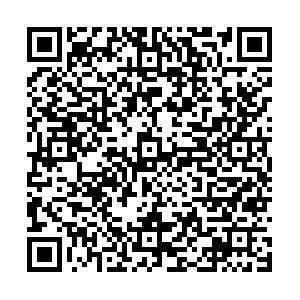|
KARNIK N N, MENDEL J M, LIANG Q. Type-2 fuzzy logic systems[J]. IEEE Transctions on Fuzzy Systems, 1999, 7(6): 643-658.
|
|
ZADEH L A. The concept of a linguistic variable and its application to approximate reasoning[J]. Information Sciences, 1975, 8(3): 199-249.
|
|
LIU C F, YEH C Y, LEE S J. Application of type-2 neuro-fuzzy modeling in stock price prediction[J]. Applied Soft Computing, 2012, 12(4): 1348-1358.
|
|
CHEN C C, VACHTSEVANOS G. Bearing condition prediction considering uncertainty: an interval type-2 fuzzy neural network approach[J]. Robotics and Computer-Integrated Manufacturing, 2012, 28(4): 509-516.
|
|
MENDEL J M, JOHN R I. Type-2 fuzzy sets made simple[J]. IEEE Transctions on Fuzzy Systems, 2002, 10(2): 117-127.
|
|
SETNES M, BABUSKA R. Rule base reduction: some comments on the use of orthogonal transforms[J]. IEEE Transctions on Systems, Man, and Cybernetics, Part C, 2001, 31(2): 199-206.
|
|
YAM Y, BARANYI P, YANG C T. Reduction of fuzzy rule base via singular value decomposition[J]. IEEE Transctions on Fuzzy Systems, 1999, 7(2): 120-132.
|
|
LIANG Qilian, MENDEL J M. Designing interval type-2 fuzzy logic systems using an SVD-QR method: rule reduction[J]. International Journal of Intelligent Systems, 2000, 15(10): 939-957.
|
|
LIANG Qilian, MENDEL J M. Interval type-2 fuzzy logic systems: theory and design[J]. IEEE Transctions on Fuzzy Systems, 2000, 8(5): 535-550.
|
|
JOHN R, COUPLAND S. Type-2 fuzzy logic: a historical view[J].Computational Intelligence Magazine, 2007, 2(1): 57-62.
|
|
GOLUB G H, van LOAN C F. Matrix computations[M]. 3rd ed. Baltimore: Johns Hopkins University Press, 1996: 199-235.
|
|
WU Dongrui, MENDEL J M. Enhanced Karnik-Mendel algorithms[J]. IEEE Transactions on Fuzzy Systems, 2009, 17(4): 923-934.
|
|
MACKEY M C, GLASS L. Oscillation and chaos in physiological control systems[J]. Science, 1977, 197(1): 287-289.
|
|
丁伟,黄景春. 基于多分辨率分析的区间类型2模糊系统[J]. 西南交通大学学报,2011,46(6): 917-921.DING Wei, HUANG Jingchun. Interval type-2 fuzzy logic system based on multi-resolution analysis[J]. Journal of Southwest Jiaotong University, 2011, 46(6): 917-921.
|
|
YAO Lan, JIANG Yulian. Short-term power load forecasting by interval type-2 fuzzy logic system[C]//Proceedings of 2nd International Conference on Information Computing and Applications. Berlin: Springer-Verlag, 2011(2): 575-582.
|

 点击查看大图
点击查看大图




 下载:
下载: